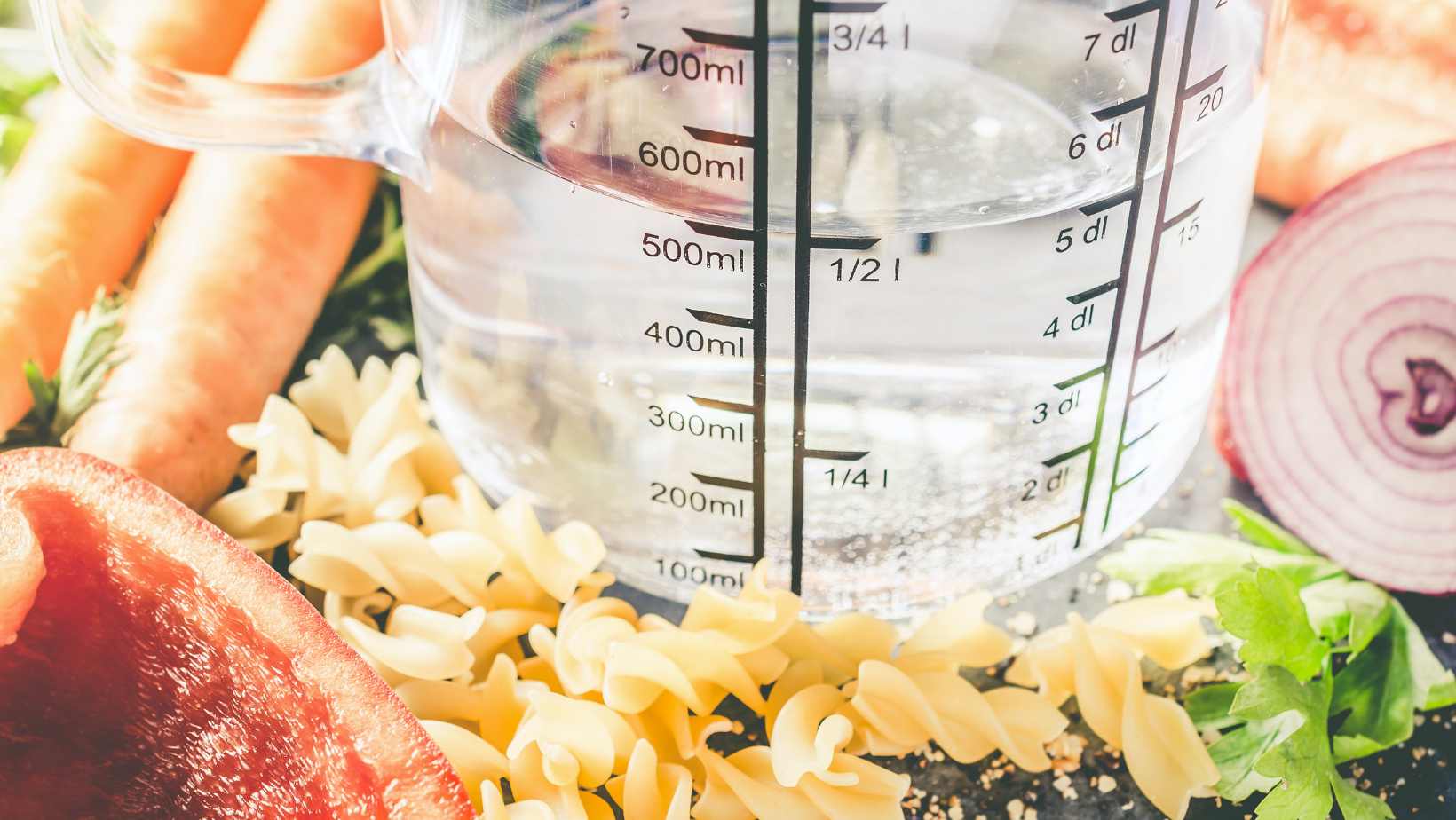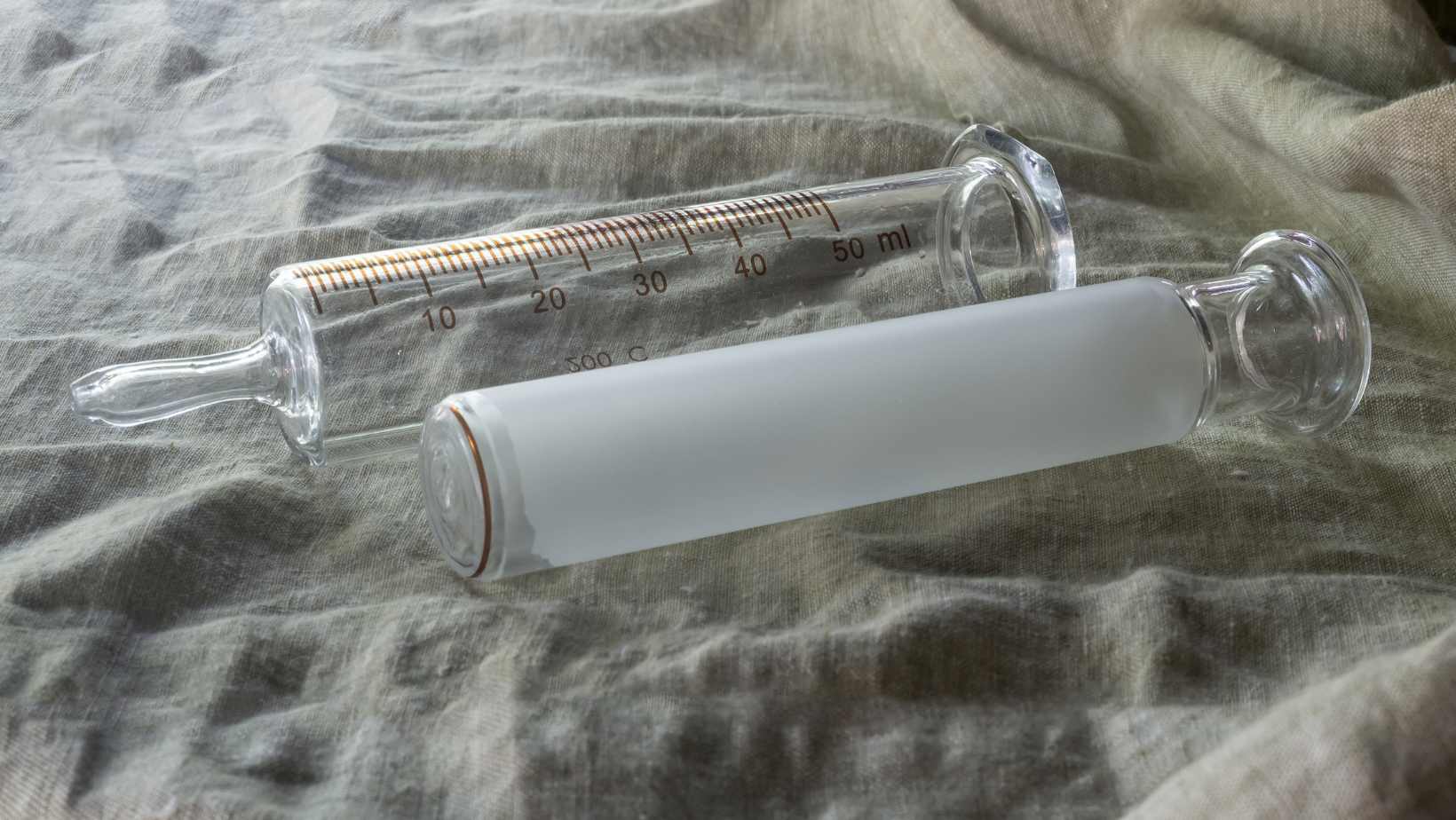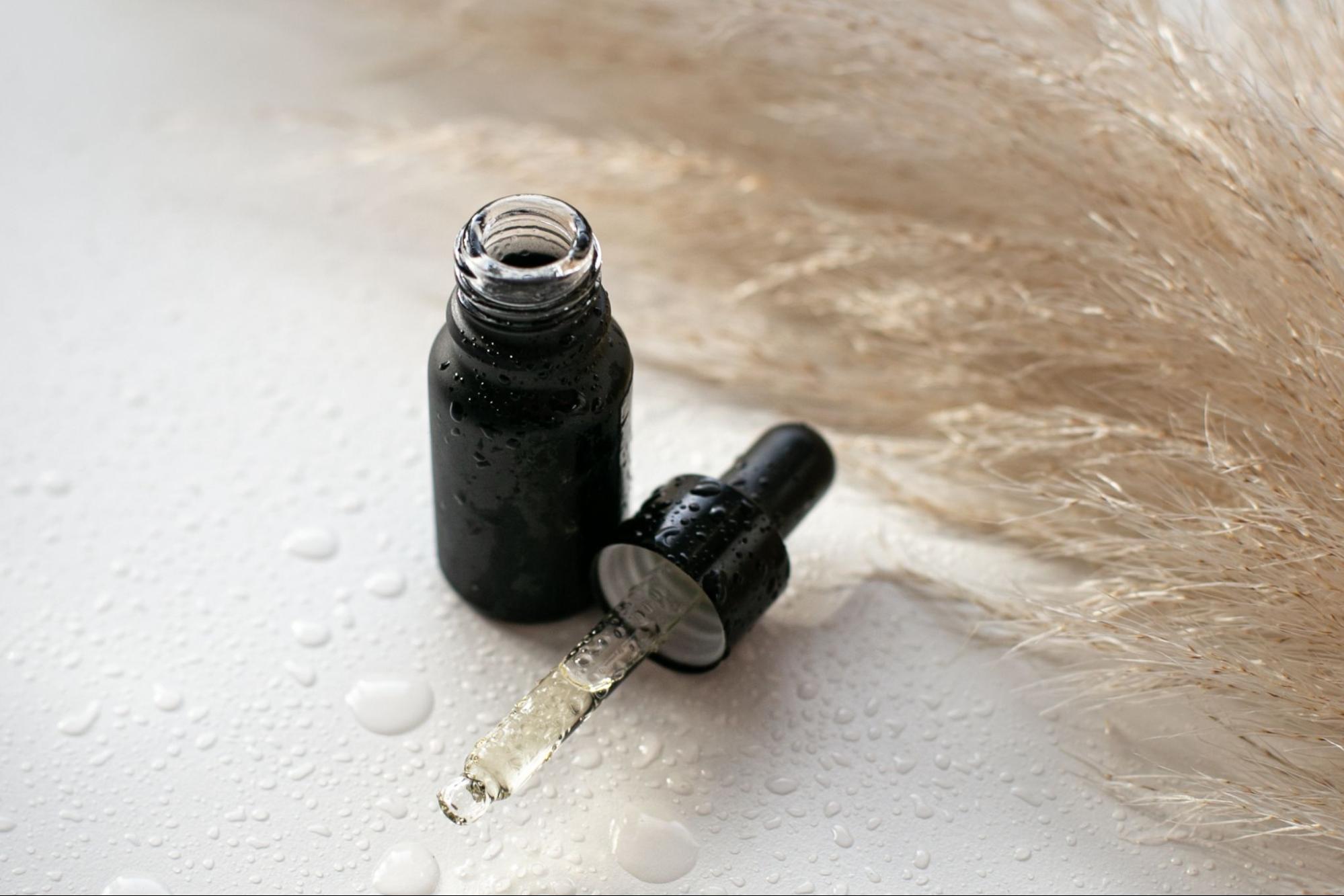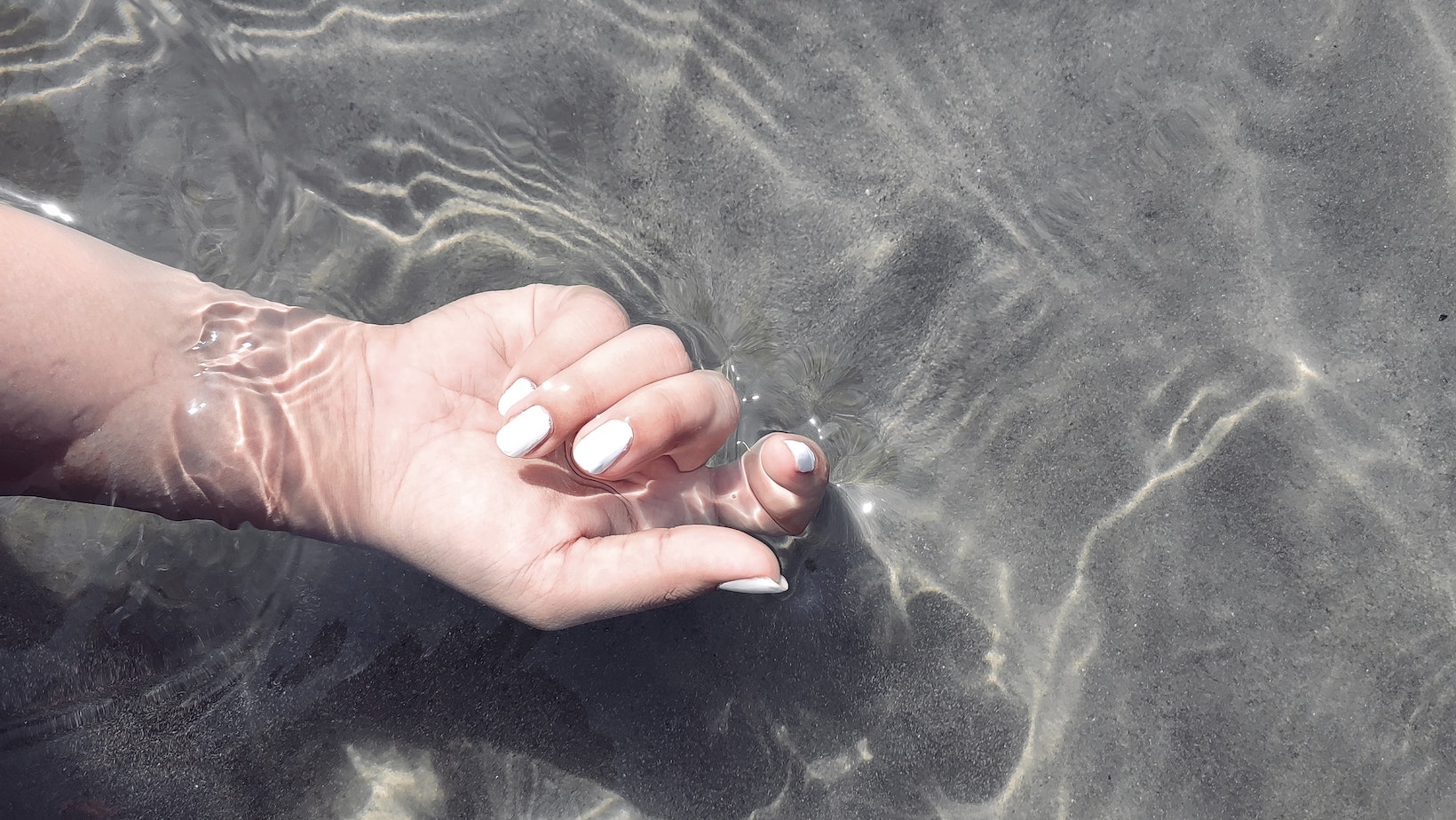Decoding Measurements Simplified: How Many mL in a CC of Liquid?

Navigating through the world of measurements can be a bit tricky. When it comes to liquids, particularly in medical or scientific settings, you’ll often hear terms like milliliters (mL) and cubic centimeters (cc). The question that might come up is: how many mL are there in a cc of liquid?
The answer is quite straightforward: there’s no need for any complex conversions here. One milliliter (1 mL) is equal to one cubic centimeter (1 cc). These two units of volume are interchangeable in most cases. Therefore, if you have 10cc of liquid, that’s precisely equivalent to 10mL.
Understanding this conversion is vital since mL and cc are commonly used interchangeably in various fields such as medicine, chemistry, and everyday life scenarios. It’s even more critical when dealing with medicinal dosages where precision matters significantly.
How Many mL in a CC of Liquid
Defining Milliliters and Cubic Centimeters: A Brief Overview
Firstly, let’s get our definitions straight. Milliliters (mL) and cubic centimeters (cc) are both units of volume. They’re often used interchangeably, especially in the fields of medicine and science. But what exactly do they stand for?
A milliliter is a metric unit that measures liquid volume. It’s commonly used across the globe except for countries like the US where other systems are preferred.
On the other hand, a cubic centimeter is a measure of volume in the International System of Units (SI). It depicts how much space an object or substance occupies. The term ‘cubic’ makes sense here because it’s equivalent to the volume of a cube with edges one centimeter long.
The Mathematical Conversion: How Many mL in a CC?
So now we know what each unit represents, let’s answer our main question: “How many mL in a cc of liquid?”
The good news? It’s pretty simple! Because these two measurements are interchangeable, 1 milliliter is exactly equal to 1 cubic centimeter. Yes, you read it right – they’re identical! So next time you come across either measurement, don’t fret – just remember that 1 mL equals 1 cc.
Practical Examples: Converting mL to CC in Everyday Liquids
To better understand this concept, let’s dive into some practical examples involving everyday liquids.
Think about some common items around your house – perhaps cooking oil or milk? Let’s say you have a recipe that calls for 100 cc (or ccs) of olive oil. If your measuring cup only shows milliliters (mL), there’s no need to worry; just pour out 100 mL instead! It’ll give you exactly the same amount as required by your recipe.
Similarly, if a medication dosage says 5 cc and you only have a syringe marked in milliliters, just administer 5 mL. It’s the same thing!
So there you have it! Whether it’s for cooking or medical purposes, understanding how to convert between these two measures can certainly simplify things. And now that I’ve broken down “how many mL in a cc of liquid?”, hopefully, this knowledge will make your life just a bit easier!

Practical Conversion: How Many mL in a CC
Let’s jump into the practical conversion of how many milliliters are in a cubic centimeter (cc) of liquid. It’s quite straight forward – one cc is equal to one mL. This might seem surprising, but it’s based on the metric system where measurements are neatly interconnected.
Why is this so? Well, the volume measurement in the metric system is designed around water. One cubic centimeter of water weighs one gram and also occupies exactly one milliliter. So there you have it, when someone asks “how many mL in a CC of liquid?”, your answer should be “one”.
But let’s not stop here, let’s delve deeper and understand these units better:
- Milliliter (mL): A milliliter is a unit of volume in the International System of Units (SI). It represents 1/1000th of a liter.
- Cubic Centimeter (cc): A cubic centimeter, as its name indicates, is a cube that measures 1 cm x 1 cm x 1 cm. And guess what? That volume equals exactly one milliliter!
| Unit | Volume |
| Milliliter (mL) | Represents 1/1000th of a liter |
| Cubic Centimeter (cc) | Equals exactly to one milliliter |
Therefore we can say with confidence that if you’re measuring liquids—and particularly water-based substances—the conversion rate between cc and mL is an easy 1:1.
So next time you’re faced with this question or similar ones like ‘How much oil should I put into my motorcycle engine?’ or ‘What quantity of medicine should I take?’, remember: when it comes to converting between cc and mL for liquids, they’re interchangeable!



